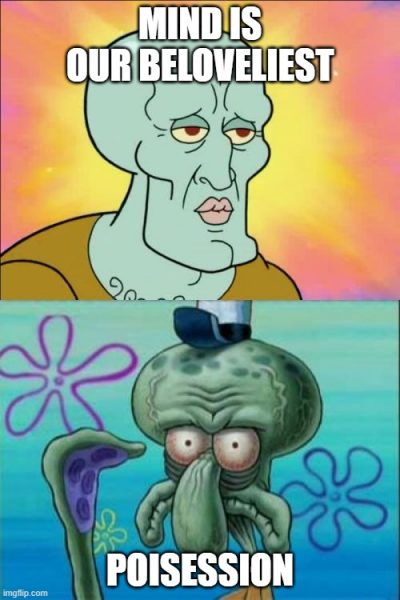an unnatural gift


So this is maybe a kind of a ‘heads up’. As a Reflector being called the canary in the coal mine, this may be relevant. But then again, it might be just me, personally…
So about a year ago, some of the foods I eat started to make me sick, as in stomach hurt and nausea, wanting to vomit, but mostly, diarrhea. I would feel a nut in my stomach that needed to pass through me, and out, and only then would the nausea stop too, and I no longer felt sick.
Now my PHS is Color 2 Tone 1, Open Taste as Determination, Cognition Smell. So I eat a lot of the same foods, a fixed menu that rotates around, and most times similar combinations of foods, of flavours and tastes. And then very rarely but still usually one meal would be replaced by another.
But about a year ago I also started experimenting with making more my own foods, so buying the individual spices and combine them to get the same meals, instead of these prepackaged flavours from the shop. So especially with the curry noodles I made, not good. That whole meal has now left the Menu. But no replacement…
Or, not yet, usually something new comes along and I only notice in hindsight it had replaced another meal, now, one fell away, nothing new came along. Puzzling.
But not just the curry spices themselves are off now, the egg noodles are too, the veggies I used with it, can’t eat it anymore either. So all separate parts of the one meal I can not combine even in other dishes… Something to notice.
Read more
Being a mystic is a lifelong process of learning and deep contemplation which must not be taken as a game or very lightly. Identifying the spiritual practice or tradition which speaks to you and starts answering the questions you’re interested in is step one. But then the real work starts. If you want to get a personal connection to the spiritual world as a mystical thinker, you can learn to lay a foundation for contemplation, prayer, and meditation, as well as how to deepen that practice into a serious understanding. Are you up to the challenge?

1 Feel the presence of a guiding hand. Whether you think of yourself as a deeply spiritual person or not, a mystic is one who seeks to find order in the chaos and collect evidence of that order. If you’re the kind of person who sees every strange coincidence, every elegant metaphor, or every pretty rainbow as a sign of something greater, you might begin to feel the presence of a guiding hand in which you place your trust.[1] Religious mystics place their trust in a higher power, a powerful being that creates and controls the world and the people in it. Sometimes, as in the case of Zen Buddhism, religious mystics will also place their trust in a practice, that asceticism and meditation are the truest way to understand the world. Mystics aren’t always religious, though they often are. The writing of quantum physicists and Jungian psychologists often borders on the mystical, the deeper it gets. Whatever system, being, or practice you’ve found in which to place your trust, place it there.
Read more